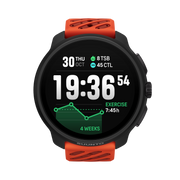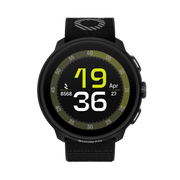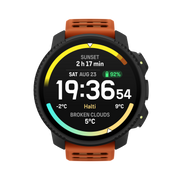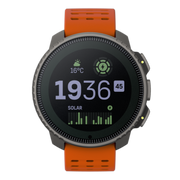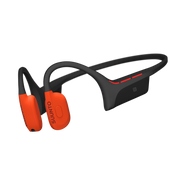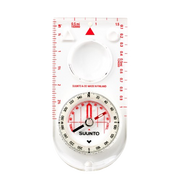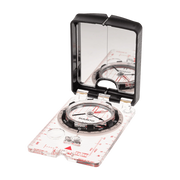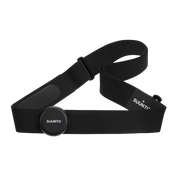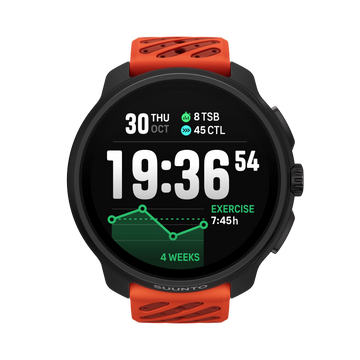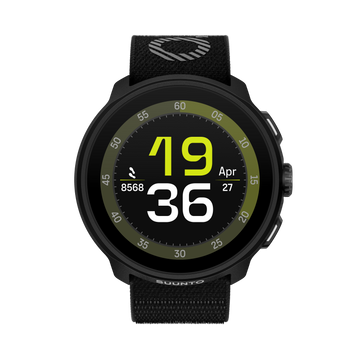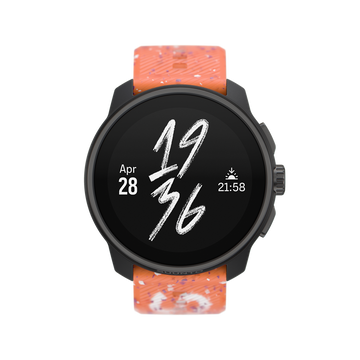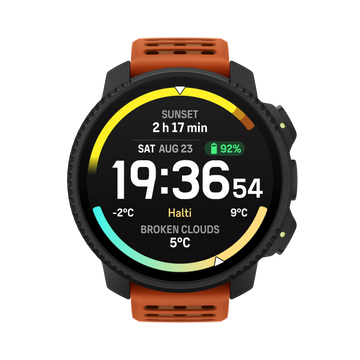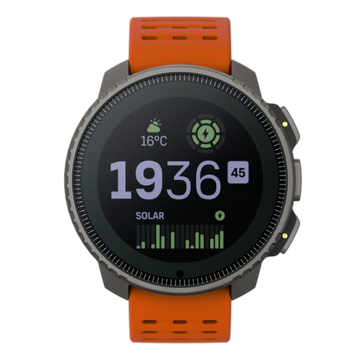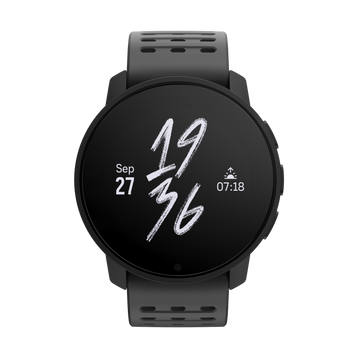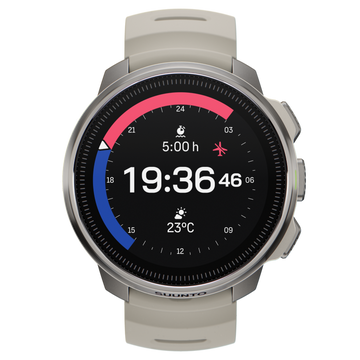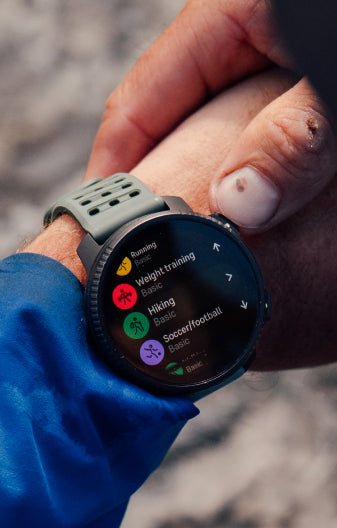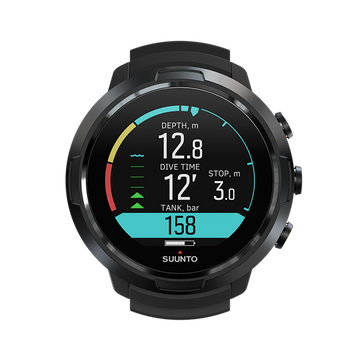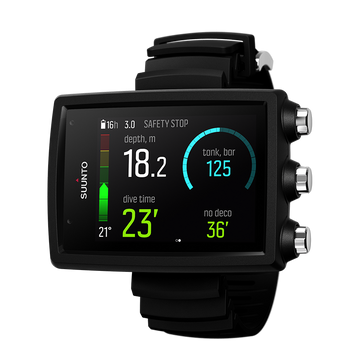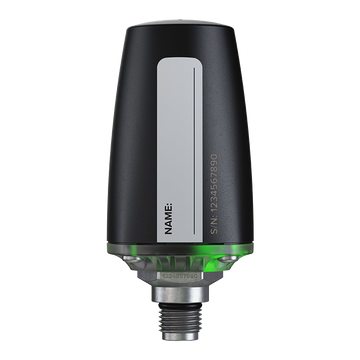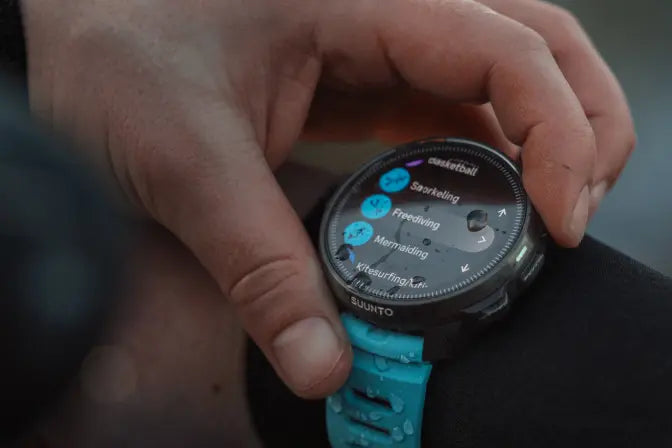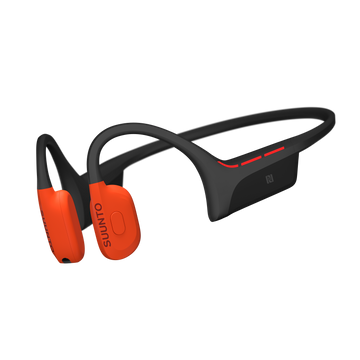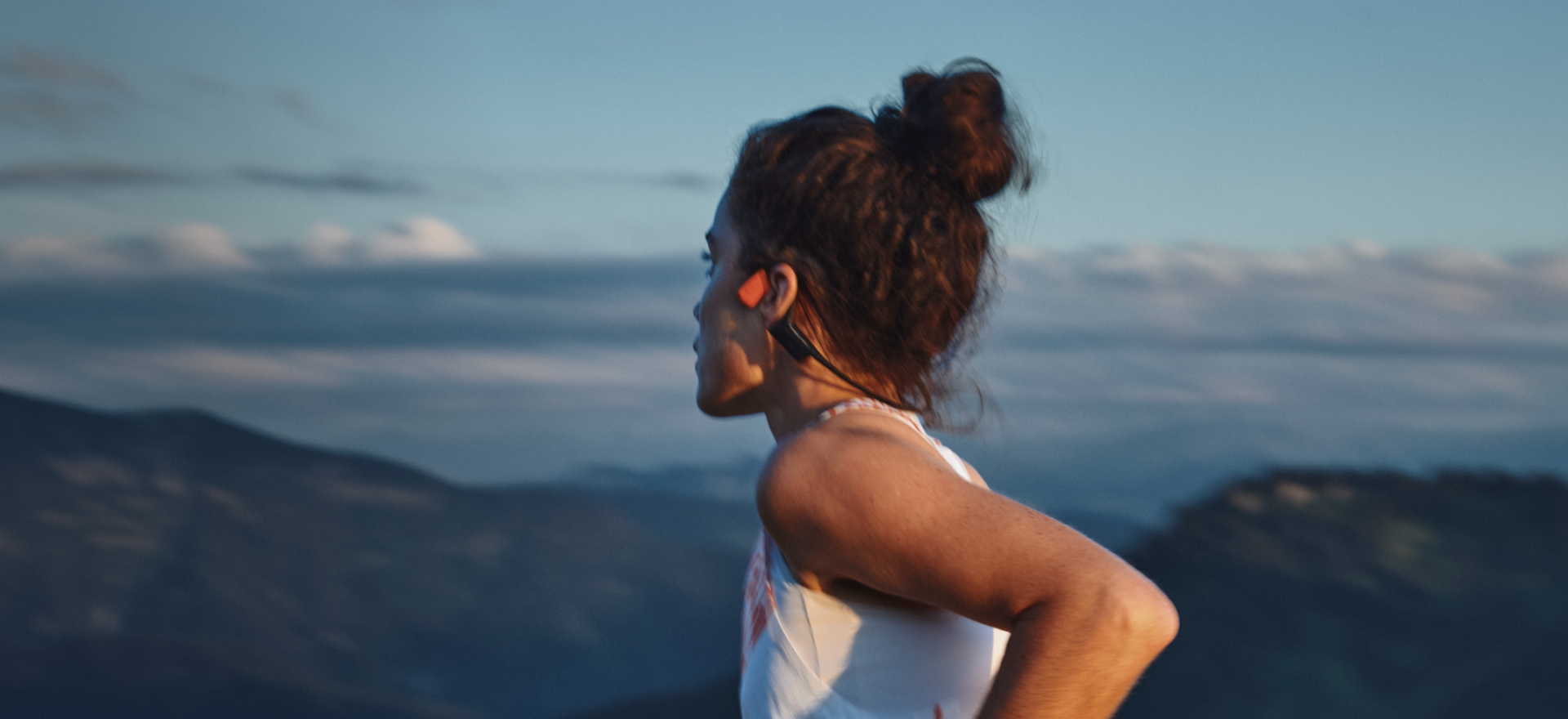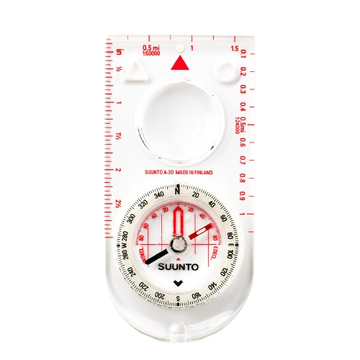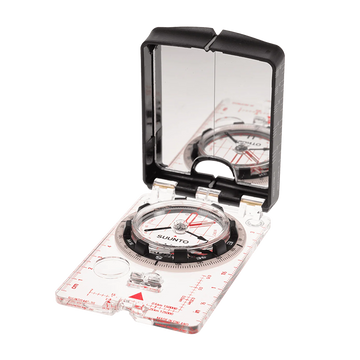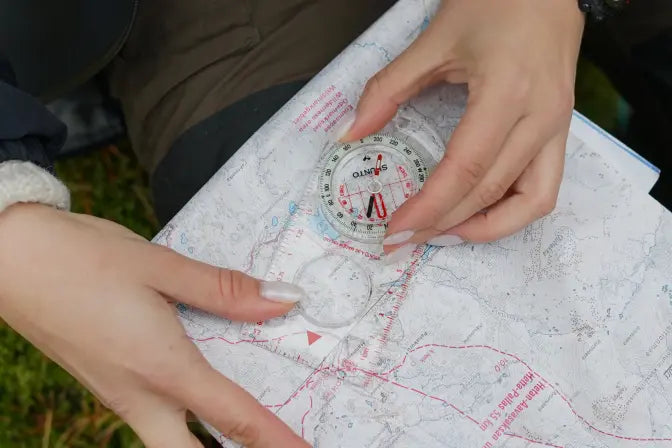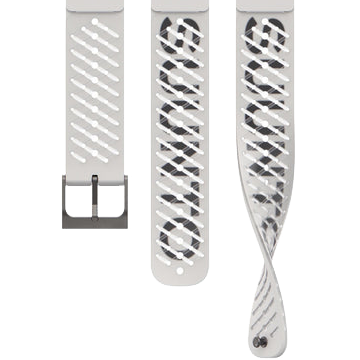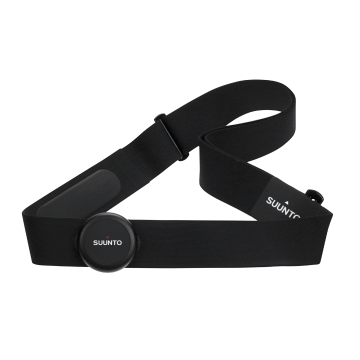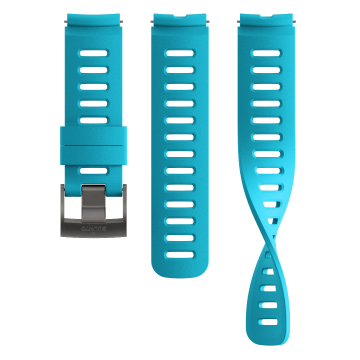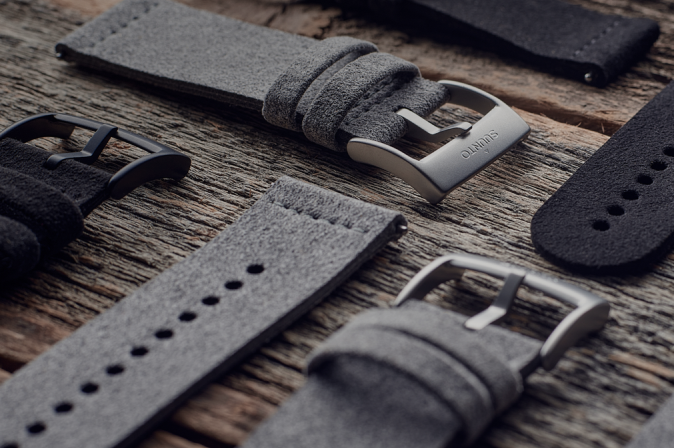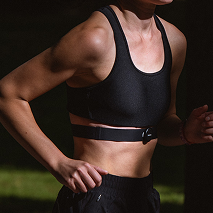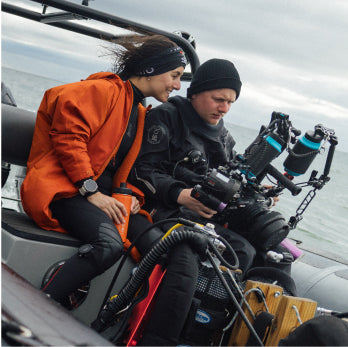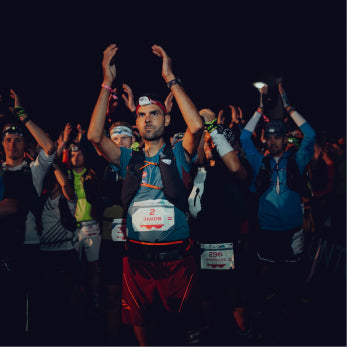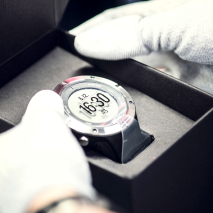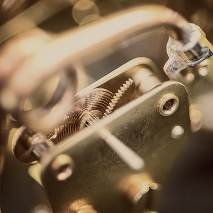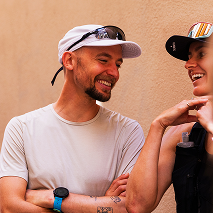

Suunto Blog

Behind the scenes of the new Kilian Jornet film, Déjame Vivir
How do you film the world's fastest mountain runner? Filmmaker Sébastien Montaz says it's all about the emotion.
Dejame Vivir - Let Me Live - is the eagerly awaited second film from Sébastien Montaz to follow Kilian Jornet on the athlete's personal Summits of My Life project. It follows Kilian as he sets two mind-boggling record ascents on Mt Blanc and the Matterhorn. But it's much more than a documentary of the climbs, the filmmaker tells us:
“To me what's important is not the performance; that's not my thing. My background is as a mountain guide and I've always filmed people – the thing for me is to try and capture the emotions.
Kilian is someone who's happy, who has an entertaining personality. We wanted the film to be like him. So I asked him to shoot whenever he did something. Kilian has passion for the image and a very good understanding on how to make a film. He writes books, has a very good touch for telling stories using his phone or camera, he's posting stuff every day. He has a good eye and knows what works.
These very personal shots added something new to the film because people think they know a little bit more about Kilian. It's more intimate. We also involved the public. For the Matterhorn record I was asking via Facebook for their shots, which I included. It's the same concept – getting stories from the inside.”
Kilian is not the only star of the film. There is also another mountain legend, who the team meet in Russia for a race on Mt Elbrus, Vitaly Shkel, a Russian mountain guide.
“His nickname is 'the monster' in Russian,” continues Montaz. “There's a whole legend around him. He lived in this hut at 4,000m all summer just to prepare for the race. He was well prepared. Kilian was quite surprised to have someone who kept up with him! To me it was the highlight of the filming to discover this unique athlete.”
It's also a highlight of the film to see the camaraderie and friendship develop between the small community of mountain runners who turn up for the race.
“Russia was fun,” adds Montaz. “It's a bit of a wild region.”
Déjame Vivir is available for download here.

Behind the scenes of the new Kilian Jornet film, Déjame Vivir
How do you film the world's fastest mountain runner? Filmmaker Sébastien Montaz says it's all about the emotion.
Dejame Vivir - Let Me Live - is the eagerly awaited second film from Sébastien Montaz to follow Kilian Jornet on the athlete's personal Summits of My Life project. It follows Kilian as he sets two mind-boggling record ascents on Mt Blanc and the Matterhorn. But it's much more than a documentary of the climbs, the filmmaker tells us:
“To me what's important is not the performance; that's not my thing. My background is as a mountain guide and I've always filmed people – the thing for me is to try and capture the emotions.
Kilian is someone who's happy, who has an entertaining personality. We wanted the film to be like him. So I asked him to shoot whenever he did something. Kilian has passion for the image and a very good understanding on how to make a film. He writes books, has a very good touch for telling stories using his phone or camera, he's posting stuff every day. He has a good eye and knows what works.
These very personal shots added something new to the film because people think they know a little bit more about Kilian. It's more intimate. We also involved the public. For the Matterhorn record I was asking via Facebook for their shots, which I included. It's the same concept – getting stories from the inside.”
Kilian is not the only star of the film. There is also another mountain legend, who the team meet in Russia for a race on Mt Elbrus, Vitaly Shkel, a Russian mountain guide.
“His nickname is 'the monster' in Russian,” continues Montaz. “There's a whole legend around him. He lived in this hut at 4,000m all summer just to prepare for the race. He was well prepared. Kilian was quite suprised to have someone who kept up with him! To me it was the highlight of the filming to discover this unique athlete.”
It's also a highlight of the film to see the camaraderie and friendship develop between the small community of mountain runners who turn up for the race.
“Russia was fun,” adds Montaz. “It's a bit of a wild region.”
Déjame Vivir is available for download here.
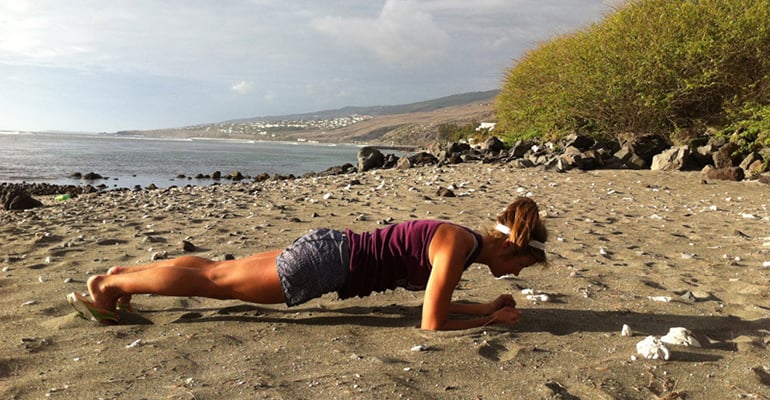
Emelie Forsberg's tips for getting running fit
Finding your running legs after a long winter or a period of inactivity is always a challenge. Emelie Forsberg offers some old school advice: Just get out there and run!
For the trail runner Emelie Forsberg, there is only a small window to get fit after winter. The first race on the calendar is the brutal 80km Transvulcania in mid-May, which doesn't leave a lot of time to train if, like her, you're into ski-touring and other mountain sports! But the Suunto ambassador says there is a way to quickly regain your running fitness:
“I'm old school! I was recently in Chamonix and was worried I had heavy legs. I spent four days there. I ran for three hours on the first day and three hours on the second day. On the third day I felt good so I ran for six hours!
My tip is just to never give up. You may not feel good the first time or even the second time but you will feel good soon. You just have to get over the hard part and then you can start to enjoy it and you'll be running fit again.”
However, there are some running specific exercises she does practise.
Emelie's five running specific exercises
“I do five exercises that are really good for working the small muscles that are important for running. You just need to do them a few times to wake the muscles up.”
1. Plank, sideplank and reverse plank: “This is good for the core, back and hamstrings.”
2. 'Paddling' with rocks: “This is good for the abs.”
3. Side leg raises: “I do this to wake up the small muscles in the hips that connect to the IT band.”
4. 'Swim' with rocks. “This is great for the lower back and shoulders. I lie on my stomach, lift up my chest and 'swim' with a water bottle or rock in one hand.”
5. Hip flexor stretch: “This is important for running.”
Tutorial Tuesday: How to enter and change the nitrox settings on Suunto Zoop
Suunto Zoop is a great choice for your first dive computer, its full decompression capabilities and nitrox mode mean it's designed to give you years of serious fun. This Tuesday we take a look at how to enter and change the nitrox settings on the Zoop.
Get support for your Suunto product at support

EXPLORING WRECKS IN THE GULF OF FINLAND
Badewanne explore the German destroyer Z36
On a dark, stormy December night in 1944 a fleet of five German warships was cruising the labyrinthine waters of the Gulf of Finland. Due to navigation error two of the ships ran into their own German minefield between Porkkala and Naissaari and were lost.
Badewanne, a Finnish, non-profit organization representing a group of voluntary divers that have been documenting shipwrecks in the Gulf of Finland for more than 15 years, recently dove down to one of the destroyers, the Z36. Juha Flinkman, one of the Badewanne divers, gives us a guided tour:
“Diving to the wreck of Zerstörer (Destroyer) Z36 is a unique and eerie experience. As you glide down the shotline into the darkness, the beam of your light first picks up a scary mess of mast, radar aerials and – trawl, lots of it! Carefully avoiding the trawl you descend towards the superstructure past a quadruple 20 mm flak gun wrapped in netting, barrels sticking through the mesh.
Passing over the port side of the bridge wing, you suddenly stare at the muzzles of a twin 20 mm Flak gun mounted on the fo’csle deck. The barrels vainly aim at the unreachable sky far above. This flak gun is situated a little aft of “Bertha Geschütz”, that is B-gun of the main armament of 127 mm guns. These Mob 36b type destroyers weren’t supposed to have any such armament here, but what the heck, maybe the Skipper just wanted some extra anti-aircraft hardware installed!
Later, swimming from the gracefully arching bows towards midships, your lights pick up mighty Rheinmetall-Borsig barrels of Anton and Bertha Geschütze still defiantly pointing forwards, but never to be fired again. Even the riflings inside the barrels are clearly visible.
Even when diving in the clear parts of the wreck, the ever-present trawl netting looms, if not in your vision, then in your mind. You must always be aware of this danger – there is no room for carelessness.
This wreck is very big. It was distinctly once a very powerful warship, but now lays with her back broken on the seafloor, wrapped in trawl, and her payload of death strewn all around. A dark and a lonely place.”
All images: © Badewanne

A Hill to climb: Greg Hill to ascend 100,000m in a month
Greg Hill plans to ascend 100,000m in a month. It's a challenge that will test his mind and body to the absolute limit and demand all his powers of endurance to succeed. As yet, he doesn't know if it's possible.
In March Suunto ambassador Greg Hill will attempt to ski 100,000 vertical meters. That's up, as well as down. If he pulls it off, it will be an awe-inspiring achievement.
What makes it all the more challenging is that these will not be repeated ascents on well-groomed pistes at his local ski resort. Instead, in true Suunto style, the ascents will be made in the heart of Canada's backcountry wilderness. Greg will be exploring new lines and making first descents. Nothing will be repeated.
“I've always been curious about my human potential and to see what I can do,” Greg says in his new video about the project.
“I'm a little scared. There are avalanches, there are injuries, there are lots of things that could happen. But I'm going to try.”
But if there's anyone who has a chance of pulling it off it's Greg Hill. In 2010, he skied 610,000m (2 million ft) in a year. He has also skied 15,000m (50,000ft) in a month. He'll use his Suunto Ambit2 to record his ascents.
The challenge – in which he’ll struggle to eat enough food to maintain body weight while burning thousands of calories per day – will almost certainly be a first in ski mountaineering.
It will require him to spend every waking hour of every day climbing, skiing, eating and traveling and will also involve considerable logistical planning. “It's intimidating,” he acknowledges.
The challenge will take place in the 38-year-old's backyard — a remote part of British Columbia, Canada. It's the ideal playground.
“There are so many un-skied mountains and lines in the Canadian wilderness around my home. It's just waiting to be explored,” he says.
Check out the video and Greg's website for more details on the project. We'll also be sharing updates on our Facebook page.
